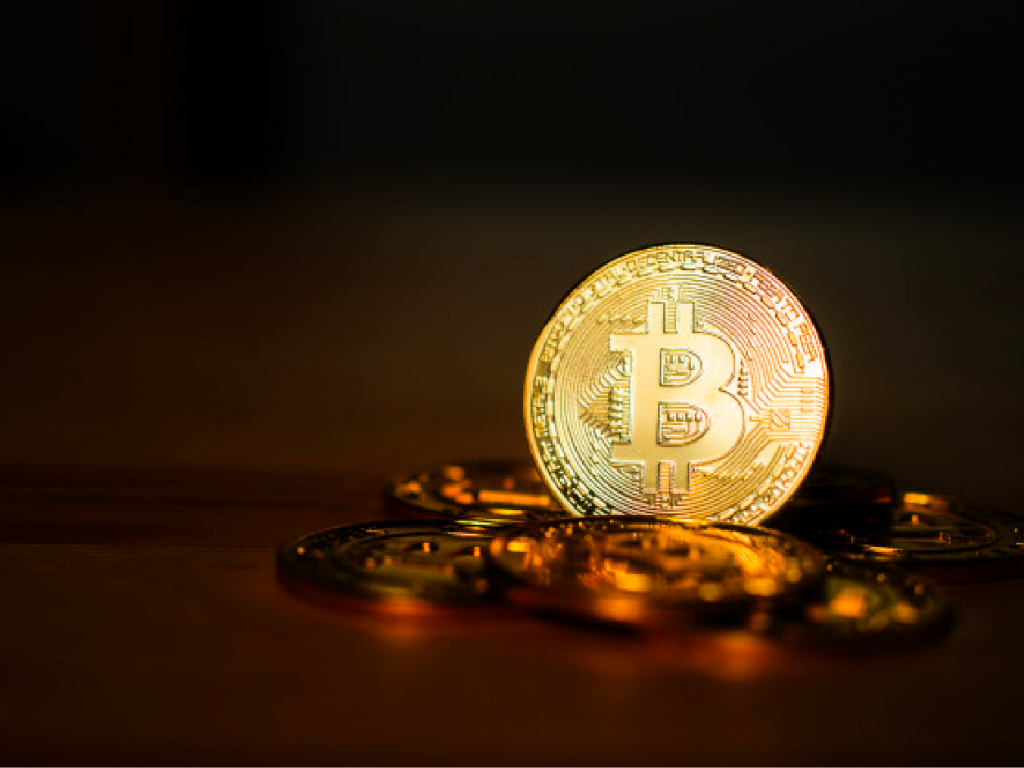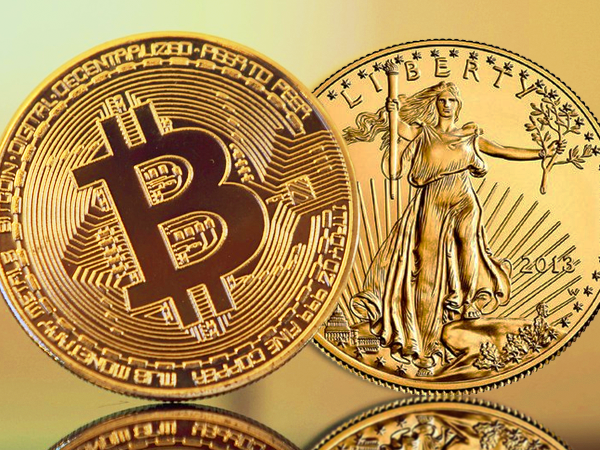
Both gold and Bitcoin offer a way for savers to preserve wealth from inflation. Despite the recent Bitcoin frenzy that generated many comparisons between Bitcoin and gold, see why only one of these assets lets its owners sleep well…
The unprecedented levels of panic and uncertainty this year have brought forth a push for safe-haven assets that is likewise difficult to match. Gold posted consecutive all-time highs, pulling other precious metals along the way, as it climbed to $2,070 in August amid risk aversion and red flags from all corners.
The drive to find a safe-haven to not only store wealth but also protect one from various downturns has also reinvigorated the cryptocurrency market, bringing Bitcoin not too far off from its peak of nearly $20,000, last seen in December 2017. Three years ago, the comparisons with Bitcoin and gold were just as present as today. Writing on FoxBusiness, Jonathan Garber speaks with many analysts who argue that both assets hold no counterparty risk and offer investors a unique diversification opportunity.
Gold and Bitcoin “fundamentally different”
Yet as tempting as it may be to compare the two, they remain fundamentally different and will continue to fulfill different roles. As Peter Schiff, CEO of Euro Pacific Capital notes, Bitcoin’s primary purpose remains that of a currency, or rather an alternative to fiat ones. The token was created in the wake of the 2008 financial crisis to offer people a method of exchange that would be free from money printing and other forms of central bank manipulation.
Although many have since grown to view it as a store of value, Schiff points out that Bitcoin remains fundamentally tied to its currency status. Unlike gold, it doesn’t play an important part in jewelry and manufacturing, and its flexibility and utility are largely tied to the virtual sphere. In contrast, gold requires no internet connection or validation to either be used as payment, purchased or traded.
Ray Dalio, founder of the $98.9 billion Bridgewater Associates fund whose frequent outperformance has much to do with its big bets on gold, also hesitates to make comparisons between the two assets. In a recent tweet, Dalio highlighted Bitcoin’s infamous volatility and said that it makes the case for the token’s preservation of purchasing power more difficult to make.
Bitcoin’s volatility vs. gold’s stability
Bitcoin’s price swings may have brought gains to many, but its tendency to have abrupt downturns has caused just as much worry. While the top crypto has posted a nearly full recovery from its 2018 low of $3,200, such falls have and continue to trouble investors with a long-term outlook.
On the other hand, gold’s stability has always been one of its hallmarks, if not the most important one. Whereas 10% oscillations in the price of Bitcoin are a frequent overnight phenomenon, gold is exceptionally resilient to sharp downturns, yet also able to post massive gains during times of crisis. Even in its most bearish periods, gold continues to be an asset no investor would mind owning. Particularly in the case of physical gold, one can liquidate the asset at any moment and in any corner of the world without issue and receive most of their initial investment, if not more. This has been the case for centuries, and it’s difficult to envision a different scenario.
With a little over a decade under its belt, Bitcoin has plenty of miles to walk before it can offer its holders anything close to the sense of safety and security that gold does.

